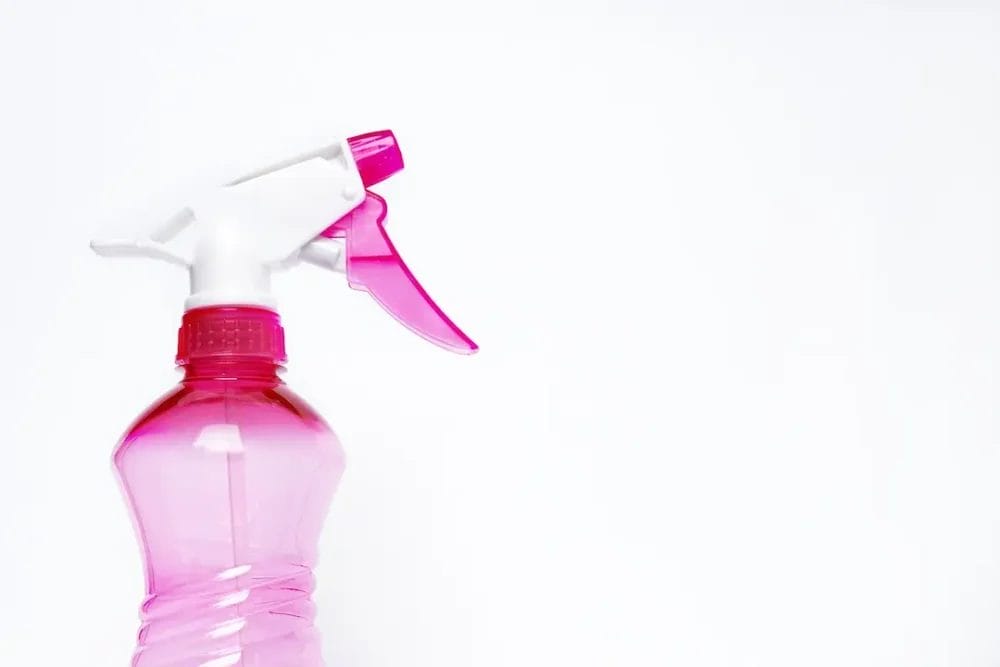Posted
19th June 2015
Research
A study from China has evaluated the impact of a daily spray of a QAC polymer as an adjunct to wiping with bleach. The study was performed on a ward with some MRSA-positive and MRSA-negative. The study design was neat, with bed spaces sampled at 0800 and 1200, with or without the application of the QAC polymer (although it’s a shame they didn’t randomise the intervention). It’s fair to say the paper is “data rich”, so pulling out the key findings is challenging, but here goes:
56% of bed spaces were contaminated with MRSA, at a concentration of 1-276 cfu/cm^2No MRSA was identified on surfaces in the QAC polymer spray armThe proportion of sites yielding staphylococci was 78% in the control arm, and 11% in the QAC polymer spray arm.
This study is impressive in terms of the reduction of bacterial contamination. Clearly, there is no clinical outcome, which would require a much more extensive study. But I would expect this degree of reduction in environmental contamination to make some impact on ongoing transmission.There are a few practical challenges to consider though when using this sort of product.

- Is it safe to apply? The authors cite that the product is 98% water so should generate no dangerous aerosols. But surely a dangerous aerosol could be created from the 2% active ingredients, mindful of the fact that aerosolisation of QAC disinfectants was outlawed by the US CDC in the 1970s on safety grounds.
- Would this be applied around an inpatient?
- How wet does it make the surfaces, and how long does it take to dry?
- How labour-intensive is the application, and how much do you rely on the operator to assure complete coverage?
- How much does it cost?
- Is it really feasible to spray every surface in every ward once per day?
- How would this approach (spraying a quat and using bleach) compare with using a disinfectant that already has a quat in it?
Leaving practical questions aside, there is some promise in this sort of approach. We need to continue to explore the potential of antimicrobial surfaces to augment hospital hygiene.
SHARE THIS ARTICLE
Tags
Latest News
Embracing sustainability and cost savings: The journey of Clinell Indicator Notes to paper-based solutions
At GAMA Healthcare, we’ve always prided ourselves on being at…
Introducing HEXI HUB: A seamless transition in our product line
We’re pleased to announce an update to our product offering…
Innovative solutions for tackling Carbapenemase-producing Enterobacteriaceae (CPE) at King’s College Hospitals
King’s College Hospital NHS Foundation Trust, one of London’s largest…
Gloves Off: reducing unnecessary plastic waste during environmental cleaning and disinfection
In this blog, Dr Phil Norville discusses the momentum-gaining ‘Gloves…




